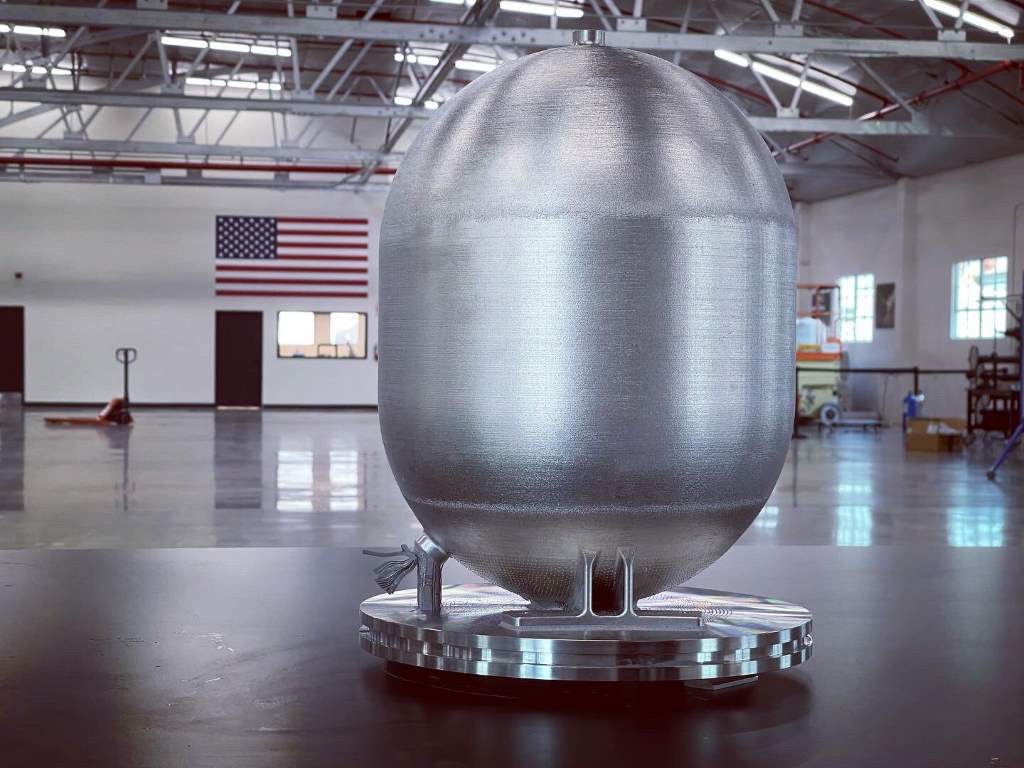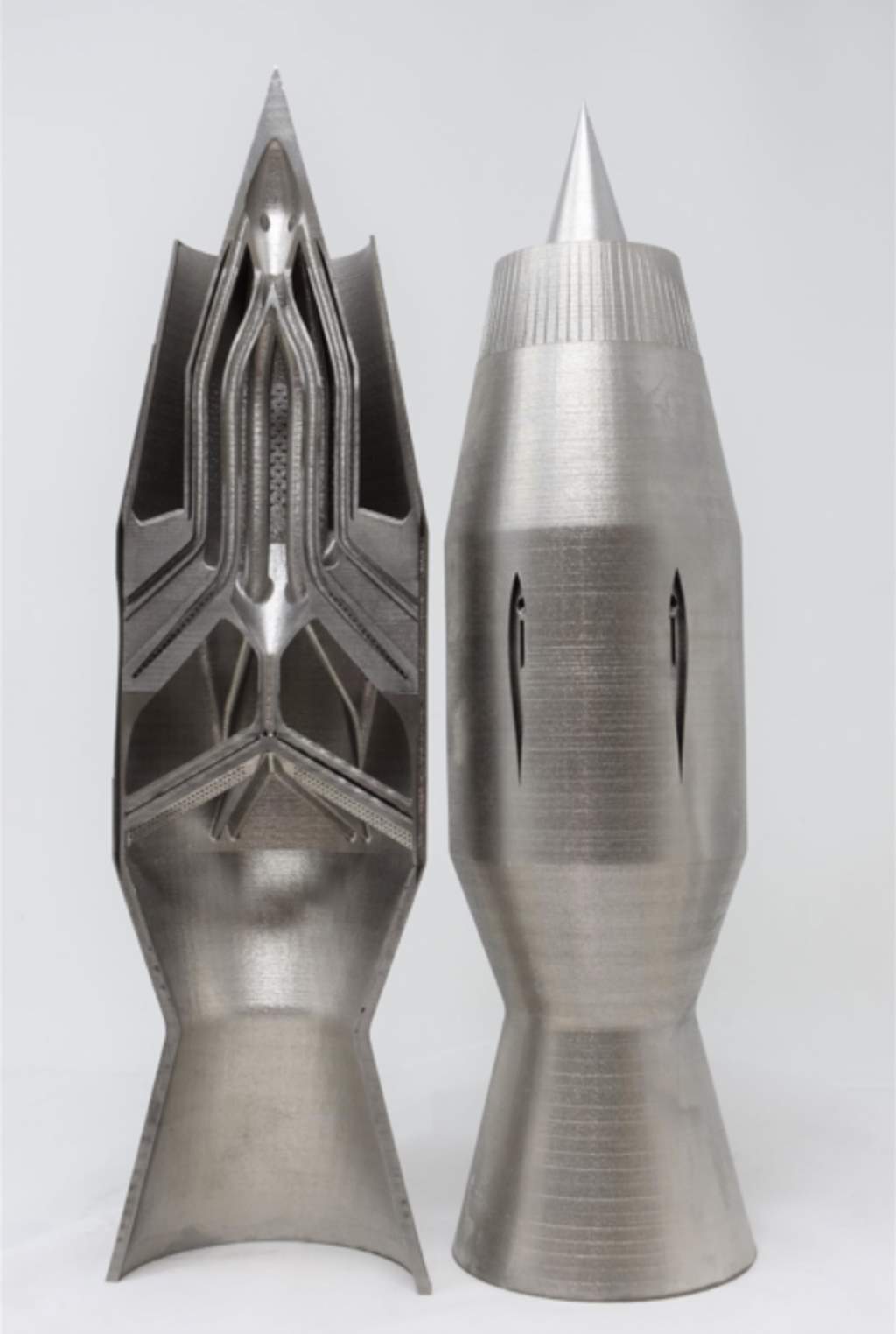The proof is in the print

According to Velo3D’s founder and CEO, Benny Buller, removing the limitations of Design for Additive Manufacturing (DfAM) additive manufacturing can clear the way for deep innovation.
As we in industry embrace the universal goals and benefits of continuous improvement, it’s vitally important that vendors of metal additive manufacturing address the limitations of Design for Additive Manufacturing (DfAM) as a guideline and manufacturing practice.
All accomplishments in manufacturing eventually hit plateaus. These are resting places where lessons are absorbed and refinements made. For some years now, however, DfAM has seen little refinement. Nor has its limiting effect on product performance triggered needed changes to the architecture of most Laser Powder Bed Fusion (L-PBF) systems. Deep innovation by users of metal AM has suffered as a result.
To be clear, DfAM is not another extension of design for manufacturing (DFM), where engineers optimise parts for cost, manufacturability, reliability, or something else. DfAM focuses on adjusting a part’s ideal design so it can be 3D printed, often impacting performance and function. For decades, DfAM has suppressed the adoption of AM due to the unreasonable and over-constraining limitations of the technology.
However, given recent improvements in AM technology, I have faith that the design range that is now possible with DfAM-free, L-PBF platforms and near-support-free build strategies will compel system providers to make changes. Let me explain why.

Since 2018, when some of the most challenging ‘impossible’ metal AM rocket-nozzle designs were made by SpaceX, other industries have striven to break boundaries as well. A class of mission-critical products—distinguished by large interior open channels and passageways, complex lattice and through-hole designs, thin walls and angles way below 45° without supports—has emerged.
Aerospace and power-generation companies, in particular, are showing what is possible, as the geometric freedoms and structural gains now offered by advanced L-PBF AM are manifesting in real products. Products that are setting new, high standards for performance in their fields.
The freedom of control
Take PWR, for example, a maker of cooling solutions for extreme race vehicles such as F1 and NASCAR, along with custom-automotive OEM, military and aerospace industries. The company is producing class-leading, thin-wall systems with high-quality surfaces that also exhibit zero porosity for added strength. Heat exchanger weight and pressure-drop characteristics have a major impact on performance throughout the industries PWR serves. Freedom to control the thickness, density and range of geometry for cooling fins and walls serves to maximise flow and thermal conductivity and improve weight and pressure-drop behaviour.
This product illustrates optimised flow and cooling thanks to advanced L-PBF AM, which allowed for one-piece construction, complex internal channels and thin, high-aspect-ratio walls. Here, design freedom is also employed to customise surface qualities for desired turbulence characteristics.
This heat-exchanger project at PWR used Aluminium F357 to realise 320µm leak-tight walls pressure tested to 6bar, 220µn turbulators. The result: a 33% lower pressure drop that translates into a greater margin of performance on the ground and in the air.
Low angles, thin walls
A developer of high-performance rockets for small satellites, Launcher is demonstrating the value of advanced 3D metal printing for delivering satellite payloads to orbit more flexibly and cost-effectively. The company successfully tested its liquid oxygen (LOX) turbopump at NASA’s Stennis Space Centre, opening the door to creatively meet new and bold goals. Launcher’s E-2 project is ambitious. The system aims to be the highest-performance, largest-thrust, lowest-propellant-consumption, and lowest cost-per-pound of thrust, liquid-rocket engine in the world.
To accomplish that feat, traditional processes of welding and joining of separate, individual parts needed to be bypassed. Yet even the part-consolidation benefits of conventional AM were not enough to reach the performance targets on the E-2. Conventional AM requires too many non-removable support structures—with limits on wall thickness, surfaces and internal channels, flow paths and cavities—to allow the E-2 design to be realised compromise-free, as imagined.

So, the E-2 team chose advanced metal L-PBF, with a non-contact recoater blade and end-to-end process integration, to ensure that surfaces and features of the tank, pump and other components have pushed innovation to its limits. The result: the turbopump and its rotating impeller tested on first print flawlessly at 30,000rpm. Moreover, no redesigns were required and overall development time was greatly reduced. The rocket is scheduled to be flight-tested in 2024.
The most extreme tests
Hypersonics. This field is so challenging that computational-fluid dynamics and fluid-structure analysis are only loose guideposts to what ends up as a process of creating multiple ‘build and break’, ‘build and burn’ prototypes. It is only the physical destruction of prototypes that reveal how designs and materials behave under such extreme heat and pressure.
For this work, advanced L-PBF AM is relied upon, as is the high-strength, high-temperature superalloy, HastelloyX. The goal is to replicate the conditions of the atmosphere during ultra-high-speed flight.
In one ongoing project in this field, a rocket engine is fired to produce a supersonic plume of hot gas in which test combustor injectors are placed. Injector designs are then tweaked to produce specific turbulent flow fields that will mix fuel at a given rate for a stable, compact, yet powerful flame. The ability to quickly print injector designs - with optimised geometries, density, surface and post-processing qualities - is critical for the downstream tests that follow.
The result: In just two weeks an R&D team was able to isolate the highest performing, most efficient injector design that succeeded in balancing very sensitive, competing parameters. Now the team can work toward assembling an array of these injectors into a new and novel combustor.
Having broken through plateaus in their own fields, the companies and institutions I’ve cited are using the same principles of continuous improvement to clear the way for innovation that others can now explore. Heat exchangers, fuel tanks, impellors, and rocket nozzles - made possible by advanced DfAM-free metal L-PBF - are representative of the breadth of product categories that can benefit from freshly established breakthroughs in AM. Is the timing right for deep product innovation? I believe the proof is in the print.













